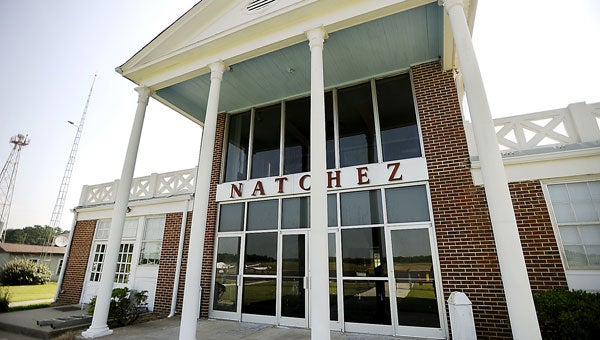Key question in formula rewrite: How are future amounts set?
Published 12:01 am Saturday, December 30, 2017
JACKSON (AP) — Mississippi lawmakers will again attempt to rewrite the state’s school funding formula in the legislative session beginning Tuesday, but it remains unanswered how they will decide what to spend.
House and Senate Republicans say they expect to adopt a formula based on one discussed last year, which would provide a base amount for every student, and then extra money for students who need additional services, such as high schoolers, special education students, and children learning English.
That proposal was made by a nonprofit group called EdBuild, hired by Republicans after voters rejected a move to enshrine a mandate for higher funding in the state constitution in 2015.
“I think it’s going to be exactly what EdBuild proposed last year,” said Rep. Charles Busby, a Pascagoula Republican.
No bill was ever publicly released in 2017, although an Associated Press analysis then showed that the state would have to spend $145 million more to meet lawmakers’ preferred scenario, which wouldn’t require higher local contributions from districts with rich property tax bases. That scenario also means all but a few districts would get more money, making the bill easier to pass.
What remains cloudy is who should get to calculate the amount spent per student, and how that should be adjusted in the future.
The current formula — the Mississippi Adequate Education Program — aims to give each school district enough money to provide a midlevel education. Every four years, it’s recalculated using costs from C-rated school districts to determine how much education costs in Mississippi, with adjustments for inflation in intervening years.
But lawmakers have only met its target spending twice in 20 years, coming up a cumulative $2.1 billion short since 2009. It would cost $2.46 billion to reach full funding in 2019, but lawmakers currently recommend spending $263 million less.
The issue is a political headache for Republicans, who have been bashed by Democrats for falling short of full funding — even though funding also fell short when Democrats were in charge. Gov. Phil Bryant and Lt. Gov. Tate Reeves both said last year they don’t think the formula should be automatically recalculated or automatically adjusted for inflation. And GOP leaders still appear to be determined to do away with today’s formula even though the state Supreme Court said in October that lawmakers aren’t bound by a law requiring them to meet target funding.
What is adequate and who decides could be the core of any fight. Critics of the rewrite have long suspected it’s an elaborate ploy to remove any way of computing how much money is required besides what lawmakers say.
“We won’t be able to say yours school district is underfunded by $2.5 million,” said Nancy Loome, executive director the Parents’ Campaign, which lobbies for more money and publishes underfunding calculations . “I believe that’s one of the objectives, to get away from that.”
Even some people who have been strong supporters of EdBuild’s plan want a mandated regular recalculation with rules to follow.
“You have to have a rationale for how you’re recalculating it,” said Rachel Canter, executive director of education policy group Mississippi First.
Senate Education Chairman Gray Tollison, an Oxford Republican, said the Senate hasn’t decided how future calculations will be handled.
EdBuild’s own analysis of how much Mississippi should spend would require more state money, although less than called for by the current formula. It’s unclear if lawmakers can meet a promise of spending more, with state tax revenues forecast to be stagnant.
“I know there will be an issue about additional money and I don’t know what the answer is,” Tollison said.
Busby raised the possibility that Republicans could author their own funding formula and then fail to fund it. That could leave them open to the same attacks made on them now.
Tollison said a phase-in is likely, but that could mean small increases are overtaken by inflation. Spending on K-12 has been falling since peaking in 2008 in Mississippi after adjusting for inflation.
EdBuild wanted to get more money by requiring property-rich school districts to chip in more property tax receipts. But Tollison said lawmakers have decided to save a rule that says no local district can be required to pay more than 27 percent of the overall formula cost, when state and local contributions are combined.
Canter said that’s a mistake because it lets rich districts spend more local money atop formula amounts despite lower tax rates, while poorer districts tax more heavily just to meet state minimums.
“The 27 percent rule makes our system inequitable,” Canter said.





